As Dateline investigates the disappearance of five booksellers in Hong Kong late last year, here's a look at several notable cases where citizens were forcefully or mysteriously disappeared.
"Los desaparecidos" in Argentina's Dirty War
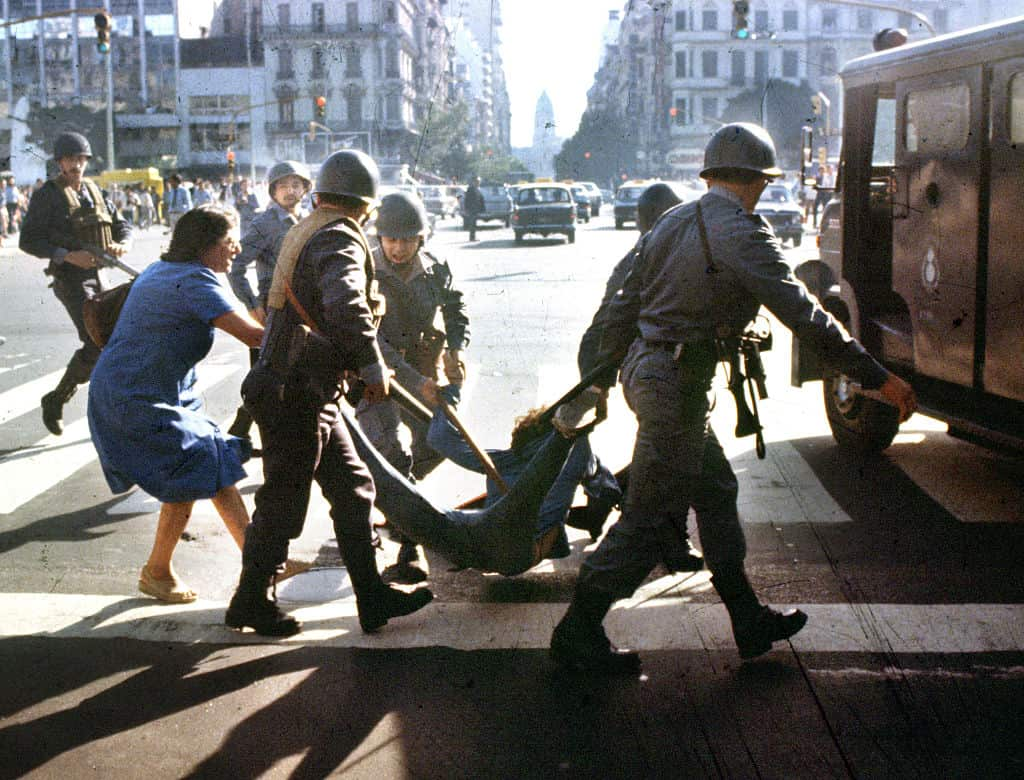
A woman tries to prevent detention of a young man by police during anti-government rally in Buenos Aires during the last days of Argentina's Dirty War. Source: Horacio Villalobos/Corbis/Getty Images
Videla soon began a campaign against suspected anti-government forces - people considered to be a political or ideological threat to the military junta.
Their so-called "Dirty War", which was also known as the Process of National Reorganization, was waged between 1976 and 1983 by the military dictatorship.
Many alleged political dissidents were abducted or illegally detained and kept in secret prison or centres where they were interrogated, physically harmed, and sometimes killed.
The Argentinian government estimates there were or disappeared persons, but human rights groups estimate the number is around 30,000.
The Argentine military justified torture to obtain intelligence and saw the disappearances as a way to curb political dissidence.
If the female captives were pregnant, their children were stolen away after birth. were given to families with close ties to the military to be raised.
To dispose of bodies, the regime drugged many of the captives, loaded them onto aircraft and threw them into the Atlantic Ocean in , in order to leave to trace of their death.
In 2005, became the first person linked to the dictatorship to be convicted abroad for crimes against humanity, after admitting to taking part in the death flights.
The disappearances in the Algerian Civil War
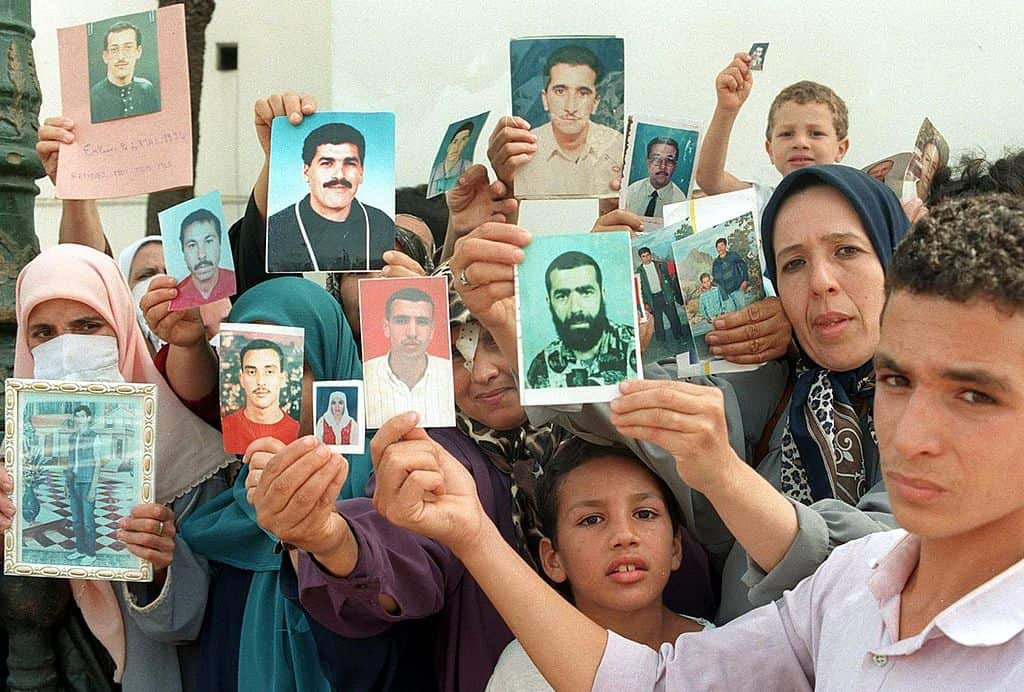
Families hold a demonstration in 1998 showing photos of their relatives who disappeared in the Algerian civil war. Source: AFP/Getty Images
As many as 200,000 people were killed during the decade-long struggle with Islamic rebels, including thousands who were forcibly disappeared.
The disappearances continued until the late 1990s, but dropped off following the decline in violence in 1997. Estimates put the total number of disappeared people somewhere between 6000 and 15,000 people.
In 2005, a that Algerian security force members were responsible for the abduction and disappearances of 6,146 civilians, acting on their own initiative.
The missing, who were wrongly suspected of being rebels or supporting them, were taken in for interrogation by security forces and never seen again.
The commission said the state was responsible for failing to protect its citizens, but not guilty of the disappearances.
The following year, Algeria's Law on Peace and National Reconciliation offered " in the more than 7,000 cases of disappearances that the state acknowledges," according to a Human Rights Watch report. But it also gave amnesty to the state agents who carried out the crimes and ended police investigations into the crimes.
Chile's disappeared under General Pinochet
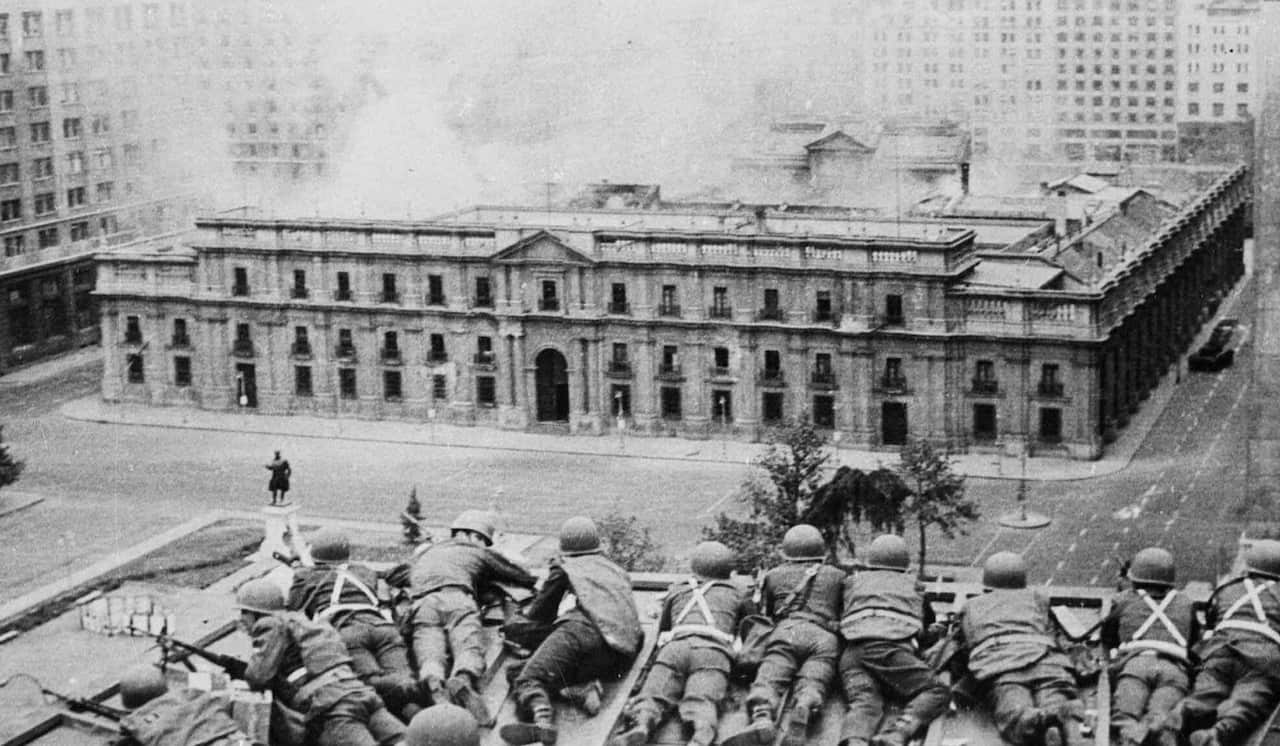
Soldiers supporting the coup led by Gen. Augusto Pinochet take cover as bombs are dropped on the Presidential Palace of La Moneda in Sept. 11, 1973. Source: AP
After the coup, Chilean army officials organised a roaming death squad, known as the "caravan of death", mutilating the bodies so badly the only solution was to "disappear" the corpses.
During General Pinonchet's brutal regime, thousands of people were "disappeared" by the security forces.
According to , the total number of people officially recognised as disappeared in Chile or killed between 1973 and 1990 is more than 3,000. Only 10% of the bodies were recovered.
In 2003, that a Chilean court investigating charges of human rights abuses under Pinochet's rule had been told that at least 400 disappeared citizens were dumped into the Pacific Ocean strapped to pieces of railroad track to make them sink.
The mass kidnapping of 43 Mexican students
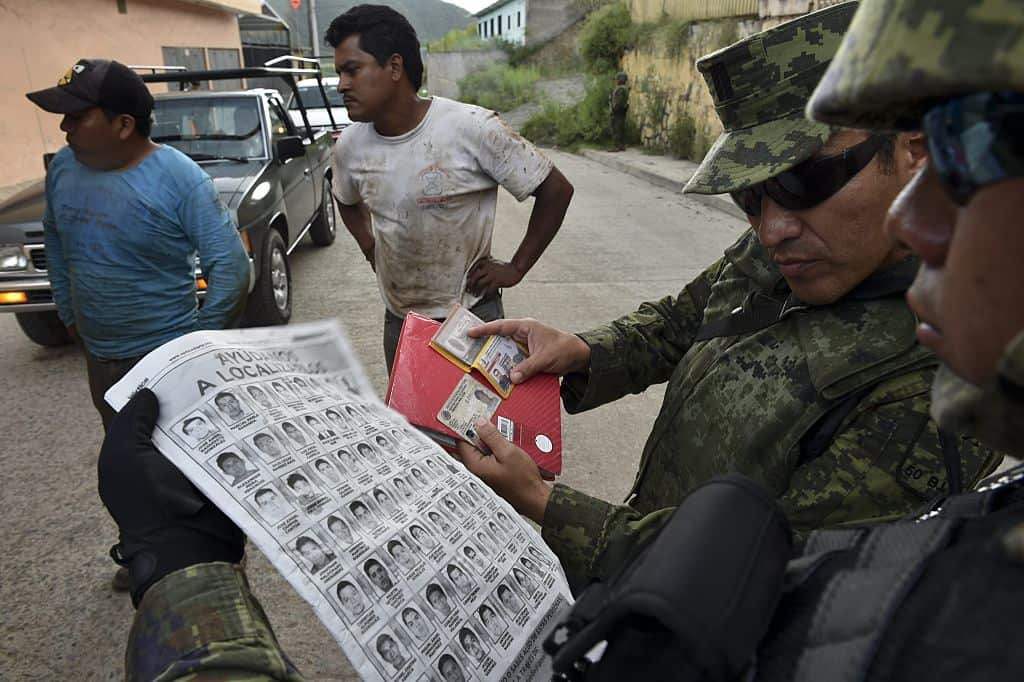
Mexican soldiers conduct a military search operation for over 40 students September 30, 2014 on the road between Iguala and Chilpancingo in Mexico. Source: Yuri Cortez/AFP/Getty Images
On the journey they were intercepted by local police who opened fire on the buses. With a military intelligence official looking on and state and federal police nearby, the students were put into police vehicles and taken away, never to be seen again.
During the first year of the investigation, authorities focussed on the police force in Iguala and the town of Cocula, who federal prosecutors believed were working with a drug gang, Guerreros Unidos (United Warriors), who suspected of killing the students.
to taking the students to a rubbish dump at Cocula, asphyxiating 15 of them on the way, while the rest were shot and burned. Their remains were placed in rubbish bags and dumped in a river.
While bone fragments found at the rubbish dump have been matched to two of the students, doubts have been cast on whether the bones were found at the dump. Meanwhile, an didn't find evidence of a fire big enough to render dozens of human bodies to ashes.
In September that Mexico had expanded its investigation to examine the role of federal and state police.
More than 130 people have been arrested, including police officials and drug cartel members, but two years on, it's still not clear what happened to the students.
The disappearance of the Hong Kong booksellers
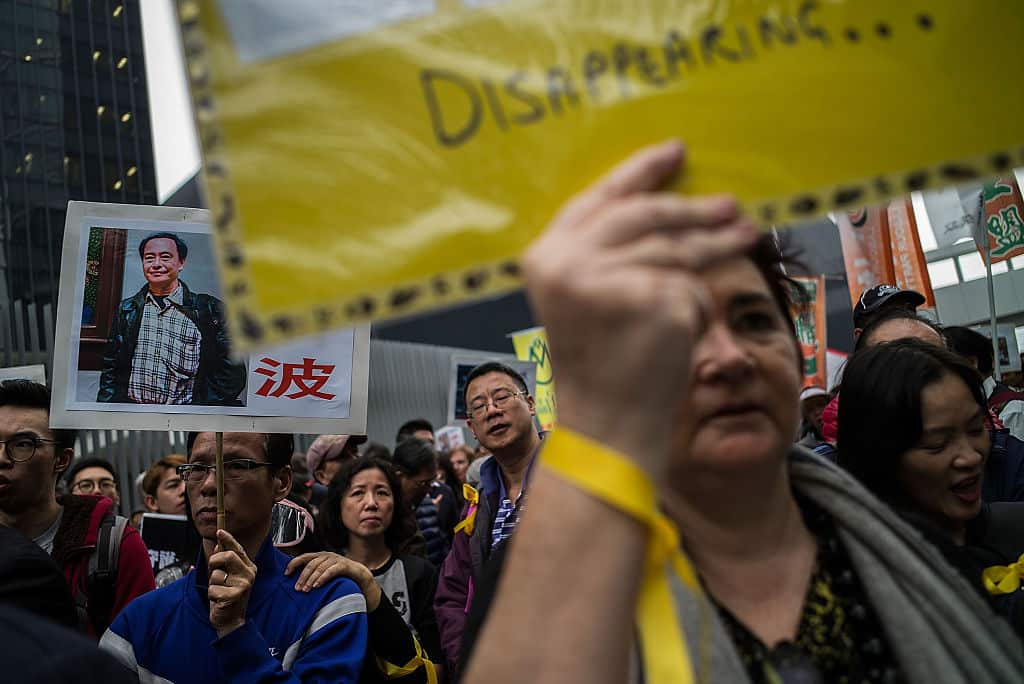
People take part of the rally on January 10, 2016 in Hong Kong over the disappearance of five booksellers. Source: Lam Yik Fei/Getty Images
Lam Wing-kee, Gui Minhai, Lee Bo, Lui Por and Cheung Chi-ping went missing over a few weeks and resurfaced in Chinese detention.
The store was known for producing books critical of the Chinese government and party leaders. The books were banned from China but popular with Chinese tourists visiting Hong Kong.
The motive for the disappearances remains unclear, but it's believed a publisher associated with the store was planning to publish a book about the private life of China's president, Xi Jinping.
Lam Wing-Kee that he was detained in a small room for months, watched over 24 hours a day, and was only released when he promised to hand over a database of customers who had bought titles from his store.
One by one the men returned to Hong Kong - except for Gui Minhai - but they have requested police to not investigate their disappearances.
Gui Minhai, a 51-year-old Swedish citizen, is still in custody. claiming he had voluntarily surrendered to Chinese authorities for his supposed involvement in a fatal hit-and-run incident in Ningbo in 2003.


